#konrad gesner
Photo
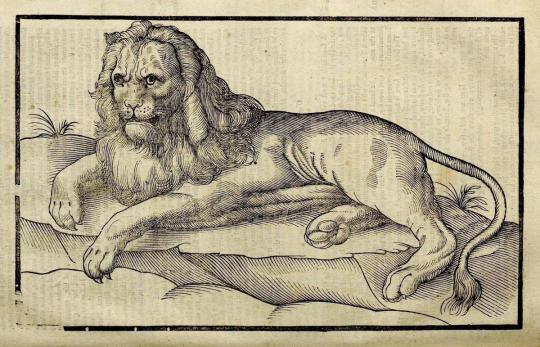
Happy #WorldLionDay! Pictured is an image by 16th-century Swiss scholar Konrad Gesner, featured in Edward Topsell’s wonderful History of Four-footed Beasts (1607). More here: https://publicdomainreview.org/collection/topsell-s-history-of-four-footed-beasts-and-serpents-1658
23 notes
·
View notes
Text

A Jenny Haniver is the carcass of a ray or a skate that has been modified by hand then dried, resulting in a mummified specimen intended to resemble a fanciful fictional creature, such as a demon or dragon.
One suggestion for the origin of the term was the French phrase jeune d'Anvers ("youth of Antwerp"). British sailors "cockneyed" this description into the personal name "Jenny Haniver".
Jenny Hanivers have been created to look like devils, angels and dragons. Some writers have suggested the sea monk may have been a Jenny Haniver. The earliest known picture of Jenny Haniver appeared in Konrad Gesner's Historia Animalium vol. IV in 1558. Gesner warned that these were merely disfigured rays and should not be believed to be miniature dragons or monsters, which was a popular misconception at the time.
The most common misconception was that Jenny Hanivers were basilisks. As basilisks were creatures that killed with merely a glance, no one could claim to know what one looks like. For this reason it was easy to pass off Jenny Hanivers as these creatures, which were still widely feared in the 16th century. In Veracruz, Jenny Hanivers are considered to have magical powers and are employed by curanderos in their rituals. This tradition is similar to one in Japan, where fake taxidermy ningyo (similar to Fiji mermaids) were produced and kept in temples.
Read More
72 notes
·
View notes
Text
Best of all is it to preserve everything in a pure, still heart, and let there be for every pulse a thanksgiving, and for every breath a song.
~ Konrad von Gesner ~
1 note
·
View note
Photo

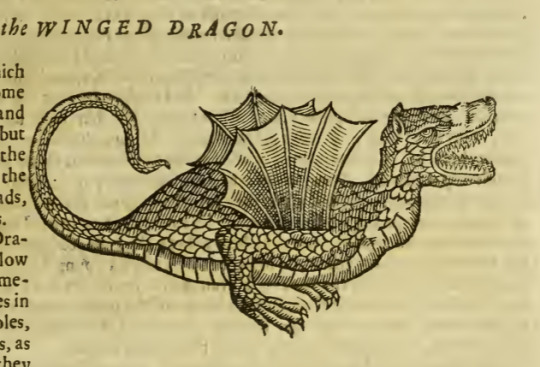








(2 of 2) An assortment of creatures from Edward Topsel’s History of Four-footed Beasts and Serpents, which he wrote in 1607 and 1608, but which wasn’t published until 1658. Most of the book’s illustrations were done by Konrad Gesner, a Swiss scholar. These are my favourites! You can look through the entire book here: https://publicdomainreview.org/collection/topsell-s-history-of-four-footed-beasts-and-serpents-1658
#edward topsel#konrad gesner#animals#beasts#lamia#manticore#tortoise#sea-wolf#sea-serpent#sea-calf#su#dragon#porcupine#rhino
3 notes
·
View notes
Photo
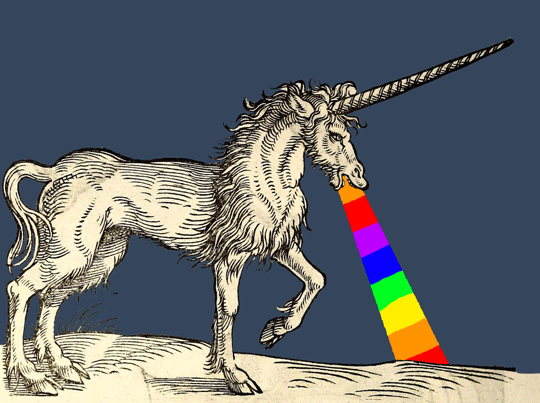
Happy Gesner Day!
The creator of the foundational texts of zoology was born on this date, March 26, in 1516.
Since these encyclopedic works that compiled descriptions of all known animals included a little cryptozoology, too, we thought it might be ok to demonstrate our excitement with a unicorn vomiting a rainbow. Gesner tried to distinguish fact from fiction through direct observation—an important step in establishing science as a discipline. But there are still plenty of entries for mythical beasts.
Now that we have your attention, go check out Icones animalium quadrupedum uiuiparorum et ouiparorum (1560) in our digital library, and see many more titles in the @biodivlibrary.
There should be plenty of posts with #GesnerDay on Instagram, Twitter, and Facebook, too, so please search #GesnerDay on your platform of choice and join in on the fun!
296 notes
·
View notes
Photo

#GesnerDay!
Mark your calendars for March 24 at 1:30PM ET for a Facebook Live tour of Conrad Gesner’s books in @smithsonianlibraries! March 26 marks the 501st birthday of Conrad Gesner (March 26, 1516 - December 13, 1565), a Swiss naturalist and physician who is considered to be one of the founders of modern day zoology. His classic work Histora Animalium is a catalog of Renaissance zoology, and you can view this work in BHL with thanks to Smithsonian Libraries for digitizing. Be sure to join us on our Facebook page!
#Rare Books#Conrad Gesner#Conrad Gessner#Konrad Gesner#GesnerDay#Gesner Day#Zoology#Historia Animalium#Smithsonian Libraries#BHLib#Biodiversity Heritage Library#biodiversity#Renaissance
10 notes
·
View notes
Text
Bishop Fish and Monk Fish
This very strange-looking creature is the so-called bishop fish, which is said to have lived in the Baltic region and to be a kind of Catholic brother of the merman.
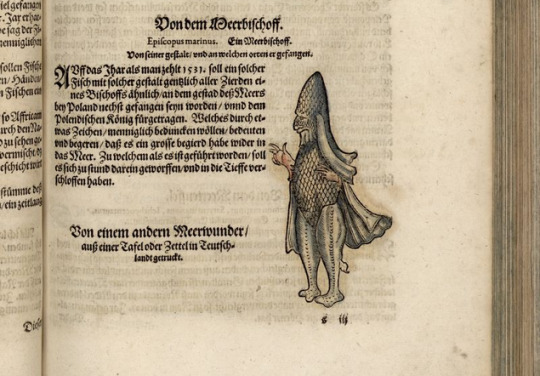
Book page from Konrad Gesner: Fischbuch, Der zwölffte theil von de Meertheire. So begreifft allerley grosse Wallfisch, Meerwunder und Schiltkrotten, p. 105 v (Fig. Meermünch und Meerbischoff) 1598 (x)
Its existence was documented as early as the 13th century, when a specimen was caught swimming in the Baltic Sea. It was discovered that this two-legged creature wore a kind of bishop's mitre - hence the name. Since the Polish king wanted this supposedly divine creature, it was brought to him. It was also shown to some Catholic bishops, to whom the bishop fish gestured for release. They granted his wish, whereupon he crossed himself and disappeared into the sea. Another fish was caught in the sea near Germany in 1531. However, it refused to eat and died after three days. After that, no more sightings were documented.
Another creature of this species is the monk fish. This very strange-looking comrade has a monk's hairdo but no human face.

Book page from Konrad Gesner: Fischbuch, Der zwölffte theil von de Meertheire. So begreifft allerley grosse Wallfisch, Meerwunder und Schiltkrotten, p. 105 v (Fig. Meermünch und Meerbischoff) 1598 (x)
Unlike the bishop fish, the monk fish was a vicious creature that tried to lure and drown its victims by jumping and playing in the water. It was also first documented in the 13th century but seemed to be found throughout the Nordic regions. His documented sightings also stopped after the 16th century.
As early as the 18th century, attempts were made to interpret what these creatures might be. They came to the conclusion that the bishop fish could be a ray, and the monk fish possibly an octopus.
#naval history#naval mythology#sea monsters#bishop fish#monk fish#13th -15th century#medieval seafaring
428 notes
·
View notes
Photo

An image by 16th-century Swiss scholar Konrad Gesner, featured in Edward Topsell’s wonderful History of Four-footed Beasts (1607)
1 note
·
View note
Text
This book caught my attention a few weeks ago: it was on display in the window of an antiquarian bookshop in Dresden and I swore to myself, to return and I’d buy it. So I did.
The book is from 1926, published by Schwarzeck-Verlag Dresden. It contains information and references to herbals from the 15th century, which – thanks to the invention of letterpress printing – were for the first time available to a larger audience, especially since they were written not in Latin but in German language, so that common people could understand and use them. These herbals were richly illustrated with surprisingly accurate woodcuts depicting the plants. Both pharmacology and botany developed quickly during this time. Soon followed similar herbals in Belgium, Italy and England.
The first chapter gives an introduction to these early herbals of the “Middle Ages” and their authors, such as Conrad von Megenberg, Otto Brunfels, Leonhart Fuchs, Hieronymus Bock, Petrus Andreas Mathiolus, Konrad Gesner, Tabernaemontanus etc., as well as illustrators, who designed extraordinary woodcuts for these books and publishers. Guess what, it wasn’t easy to publish a book at a time when there were no laws yet on coyprights so that reprints occured still within the same year and neither the original publisher nor author could do anything about it. To this add competition and price dumping amongst publishers once a larger number of similar books was available… Wait, that all sounds familiar doesn’t it? Even today… The authors describe all of this quite vividly and so this short discurse on the first herbals ever printed is a pleasant read, spiced with examples and quotes from these very first books on plants and their alleged medicinal properties. Simultaneously we learn how the first volumes on botany and pharmacognosy came into being.
As I cannot go into detail on each chapter I will instead just list the titles for reference:
The Herbals of the Middle Ages
The Doctrine of Signatures
The art of distillation
The spice wars
The cultivation of drugs in Germany
The China-Bark
The Liquorice
The tropein-containing Nightshades
The Strophanthus
The noxious and innoxious types of Strychnos
The Elder
The Indian Hemp (Cannabis indica)
The Yohimbe bark
The Guajacum tree
The Sarsaparilla root
The Shepherd’s Purse
The Rhubarb
The Aconite
The Opium
The Cantharides
I have not read through all of the 272 pages but whenever I skim over the text I find something new and interesting, which I have not read elsewhere. This book contains plenty of interdisciplinary references and I am glad to have bought it.
Antiquarian: Aus dem Reiche der Drogen, 1926 This book caught my attention a few weeks ago: it was on display in the window of an…
#antiquarian#botany#bought it#drugs#herbal#herbal medicine#herbalism#mandrake#old books#pharmacognosy#pharmacology
5 notes
·
View notes
Text
hey who wants to watch me write a post about my own lore in my own fanfics nobody cares about like it’s a wiki article or a Matpat video?
here I go
When I was writing my MLP fanfic back in 2013, there was a chapter where the girls (and Discord) get attacked by a Basilisk in a cave. I wanted a fantasy monster not featured in the show (at least up until that point) so I went for a commonly known fantasy creature... but then I decided to be all artsy and shit with its design and used my big history-nerd galaxy brain. This is that story;
It had a broad, square torso, on each side of which grew something resembling wings. They'd never be able to keep anything in flight, though. Rather than elegant beaters of the air they were large, awkwardly shaped fins that jutted out and upwards. A muscular neck curved into a small, triangular head that looked too small for the rest of it. A whip-like tail dragged behind it as it marched in the direction away from them, it's two, thick legs ending in dark, curved claws.
So this is the description of the Basilisk I wrote for the fanfic.
Basilisks were mentioned in the MLP cartoon but never shown. What HAS been shown, however, is a cockatrice.
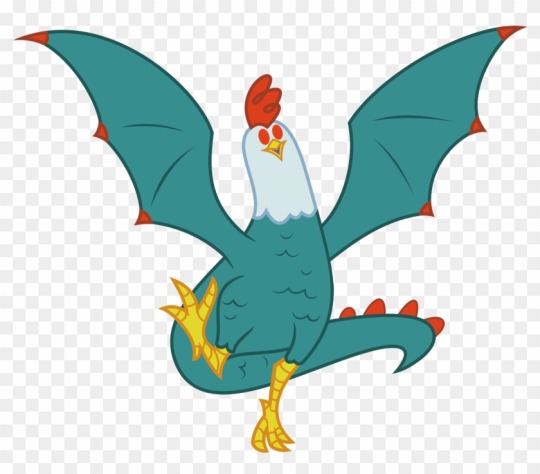
which is historically, a mythical creature that kinda overlaps with the Basilisk in a historic sense. A Cockatrice is a creature that hatches when you take an egg laid by a cock (a male chicken) and have it be incubated by a toad (or sometimes a snake). The Cockatrice has the ability to kill people by looking at them, touching them, or sometimes breathing on them.
The Basilisk is hatched from the egg of a serpent or a toad incubated by a cock. So the exact opposite of the cockatrice.
The Basilisk is a creature described as “a serpent king” as well as a “hybrid of a rooster and a serpent” who can “cause death with a single glance.” However the Basilisk has also been described as looking like a snake that leaves a trail of venom behind it. Like the Cockatrice, the Basilisk is thought to be lethal to all living things apart from the weasel, and its believed that Europeans seeing fights between cobras and mongoose in the more arid countries of the world could be what spawned this part of the mythology.

This print is from 1260 and features a “basiliscus” fighting a weasel. The text was translated to “Cockatrice” in 1397. Basilisks are not usually depicted with wings.
doing a google search for “Basilisk” brings up a mixture of images, some showing a creature looking more like a cockatrice and some more like a serpent or wurm, and in others like a reptile with many legs.

You can kinda start narrowing down images showing the Basilisk which look closer to my description of the creature.
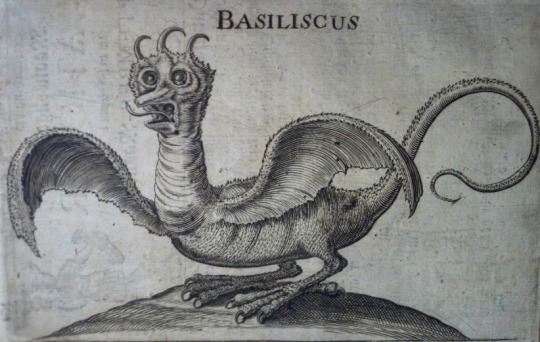

I based my basilisk somewhat on the classical look of the monster, but I also took a large inspiration from a book I bought at a fleamarket a few years ago and which I highly recommend if you can find it. It was originally published in the 70s.
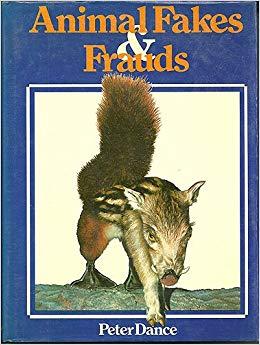
The book covers the many different ways that taxidermy and accounts and bestiaries have been used to manufacture “evidence” or mythical or unknown animals. (such as the fur-bearing trout which is a personal favourite)
One of the taxidermy creatures in the book are mummified creatures called “Jenny Hanivers”. Sometimes they have a more humanoid appearance (I want to save you from looking at too many taxidermied animals so I’ll ship those) but now and then one would appear looking more animalistic.

Jenny Hanivers were most commonly believed to be the dried remains of basilisks. And since Basilisks can kill people with a single glance, it wasn’t like there was any concrete proof to what one REALLY looked like. Fishermen would sell mummified Jenny hanivers as “curios” to sailors, naturalists, scientists and the wealthy as remains of basilisks and they were a very popular collectors item. Especially since having a “Cabinet of Curiosities” was a popular “status item” in the 16th century. However these were more entire rooms then just a cabinet as we think of them today. Rich people would often fill it with strange and bizarre items, such as “unicorn horns” (Narwhal tusks) seashells, foreign coins, mummified fish, fossils, paintings, sculptures etc etc. Essentially they were the precursors to museums. But in the 16th century it was more for rich people to show to other rich people and go “look at all this weird shit I have.”
The earliest known picture of a Jenny Haniver is from 1558 from “Historia Animalium vol. IV“ by Konrad Gersner.

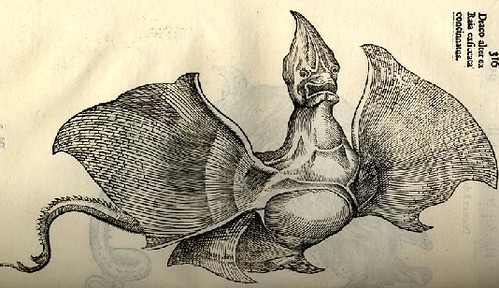
Gesner warns in his book, that the “Jenny Haniver” often sold for high prices as “taxidermied Basilisks” were not as fanciful as the people trying to make money off of them would have you believe. As the Jenny Haniver is, in fact, the dried and disfigured remains of rays or skates.

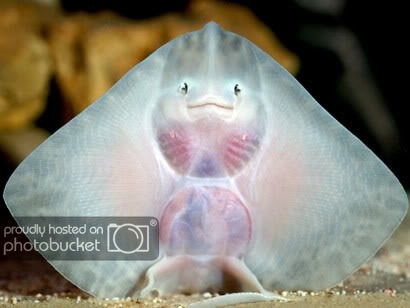
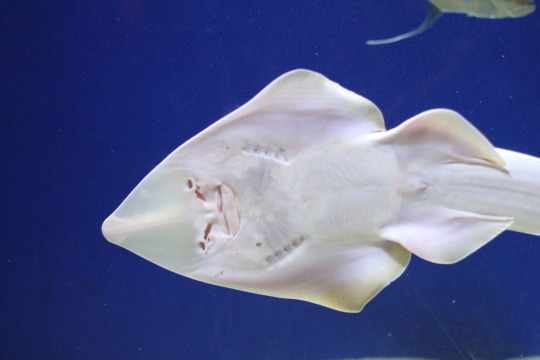
The “eyes” next to the mouth are in fact the ray’s nostrils, and the “wings” are the fins of the ray that have been cut away from the head and dried at an odd angle to appear more like “wings” than fins.
Anyway.
And that’s the story about how my history nerd ass put WAAAAAAYYY too much fucken thought into a monster that shows up in a fic to be a threat for a single chapter which had no plot relevance whatsoever.
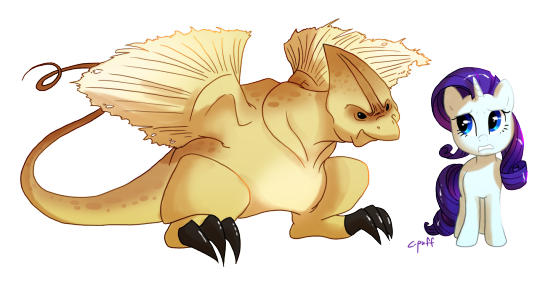
(drawing time stamped as drawn by me in December 2013)
#My Little Pony#History#Cryptozoology#lore#?#My Art#Long post#C-Puff self congratulates for a loooong time#I actually drew a lot of pictures for this fic#showing what OCs looked like and the 2 original monsters I came up with for it#Where did all that energy go?#cw#taxidermy
186 notes
·
View notes
Photo

Porcupine, from Konrad Gesner, Historia Animalium, 1551.
http://darwin.lindahall.org/3_gesner_a.shtml
0 notes
Photo
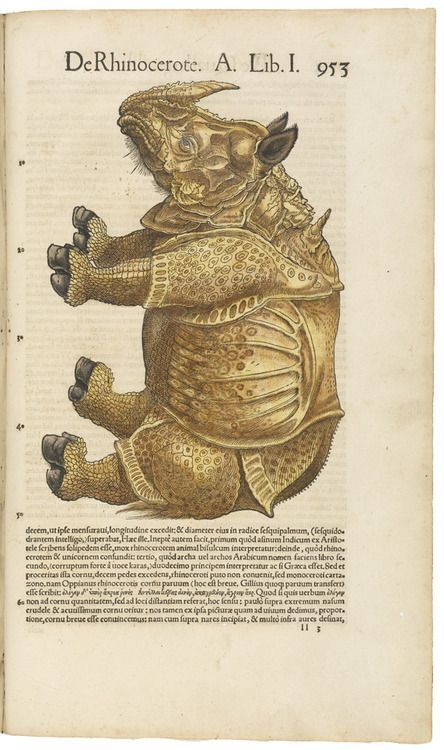
Konrad Gesner, DeRhinocerote, 1551. Woodcut, hand-colored. Germany. Via Getty Museum
19 notes
·
View notes
Photo

Konrad von Gesner – Best of all is it… http://bit.ly/ttfn1
0 notes
Photo

Konrad von Gesner – Best of all is it… http://bit.ly/ttfn1
0 notes
Photo
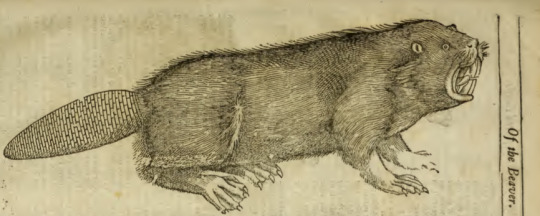
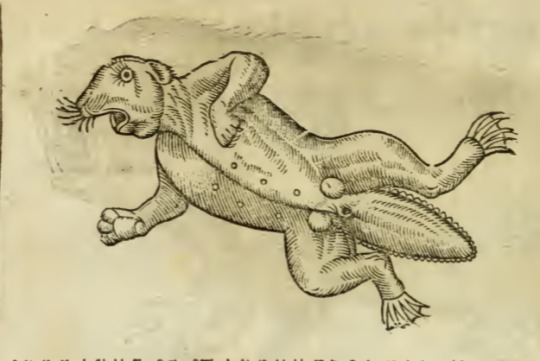
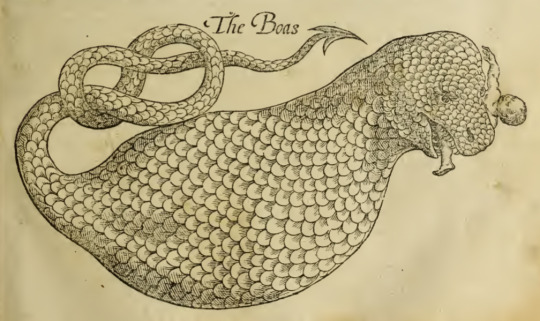



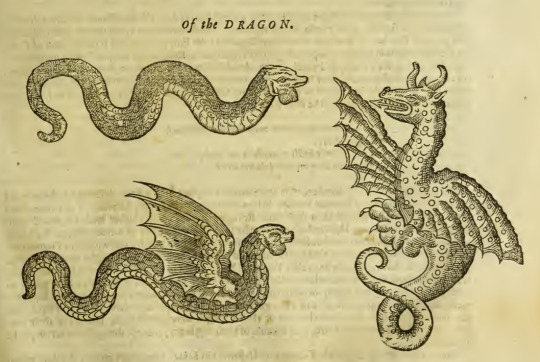



An assortment of creatures from Edward Topsel’s History of Four-footed Beasts and Serpents, which he wrote in 1607 and 1608, but which wasn’t published until 1658. Most of the book’s illustrations were done by Konrad Gesner, a Swiss scholar. These are my favourites! You can look through the entire book here: https://publicdomainreview.org/collection/topsell-s-history-of-four-footed-beasts-and-serpents-1658 (1 of 2)
#beasts#konrad gesner#beaver#camel#boa#cockatrice#deer-goat#dragon#hedgehog#hydra#17th century#edward topsel#public domain#animals
5 notes
·
View notes
Photo

Konrad von Gesner – Best of all is it… https://ift.tt/2ZbExM3
0 notes